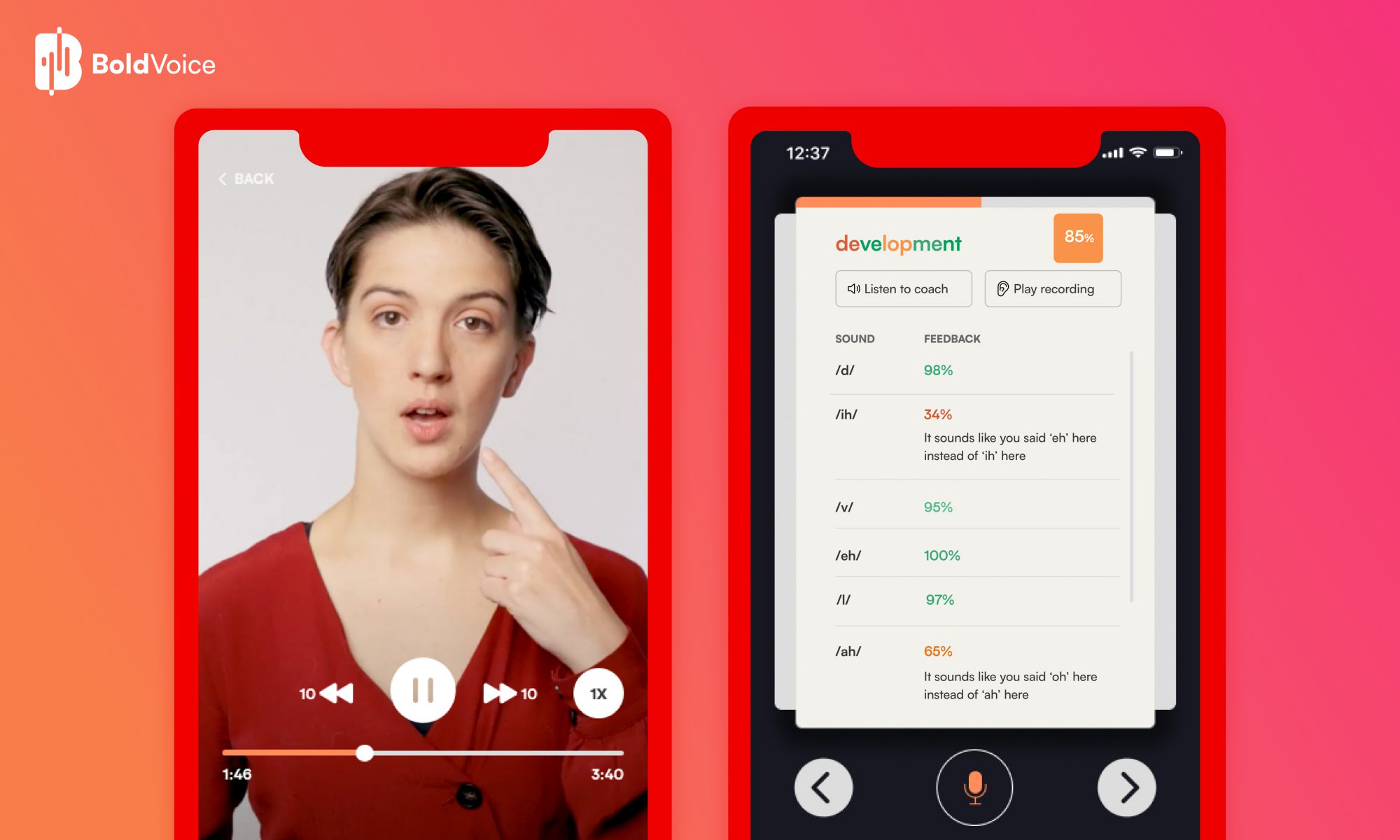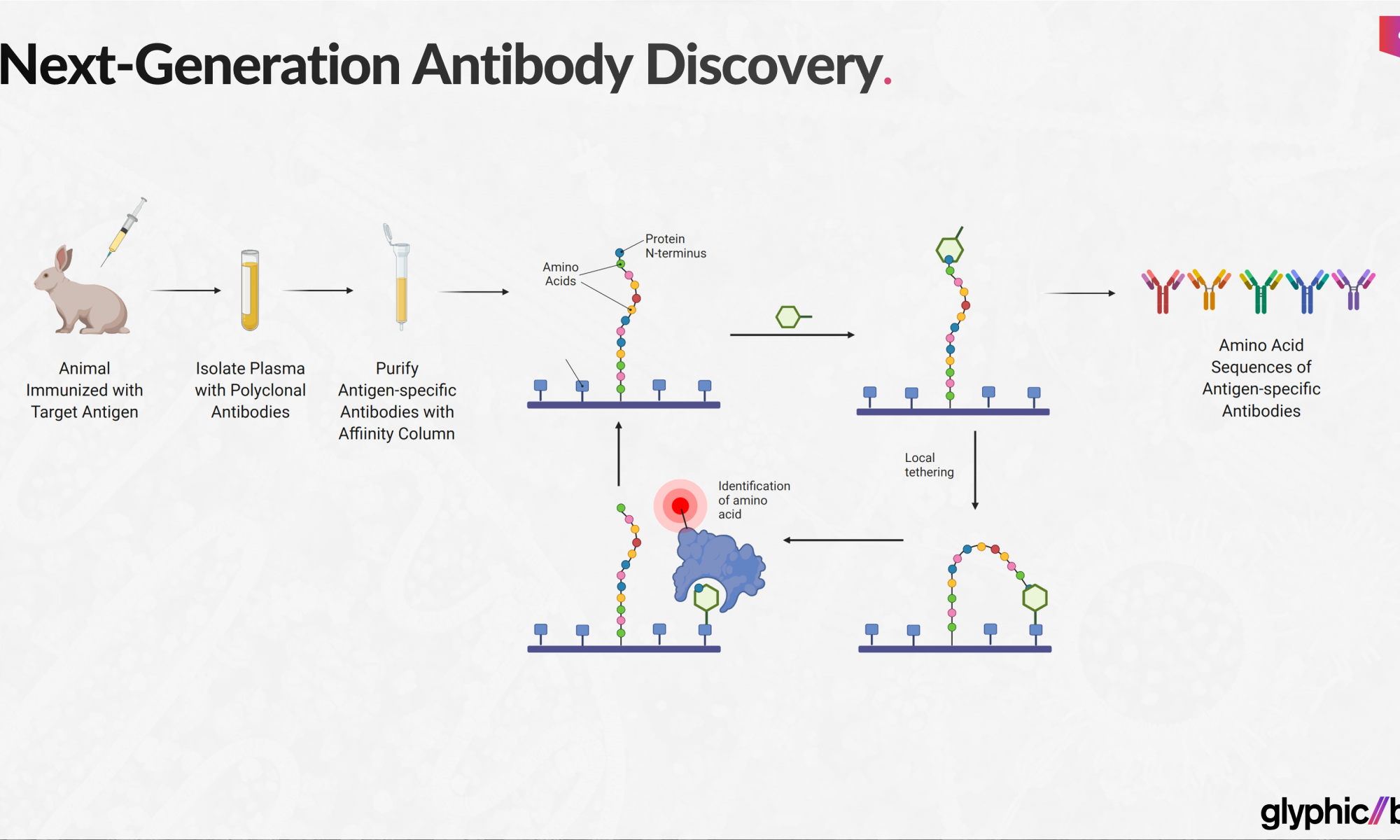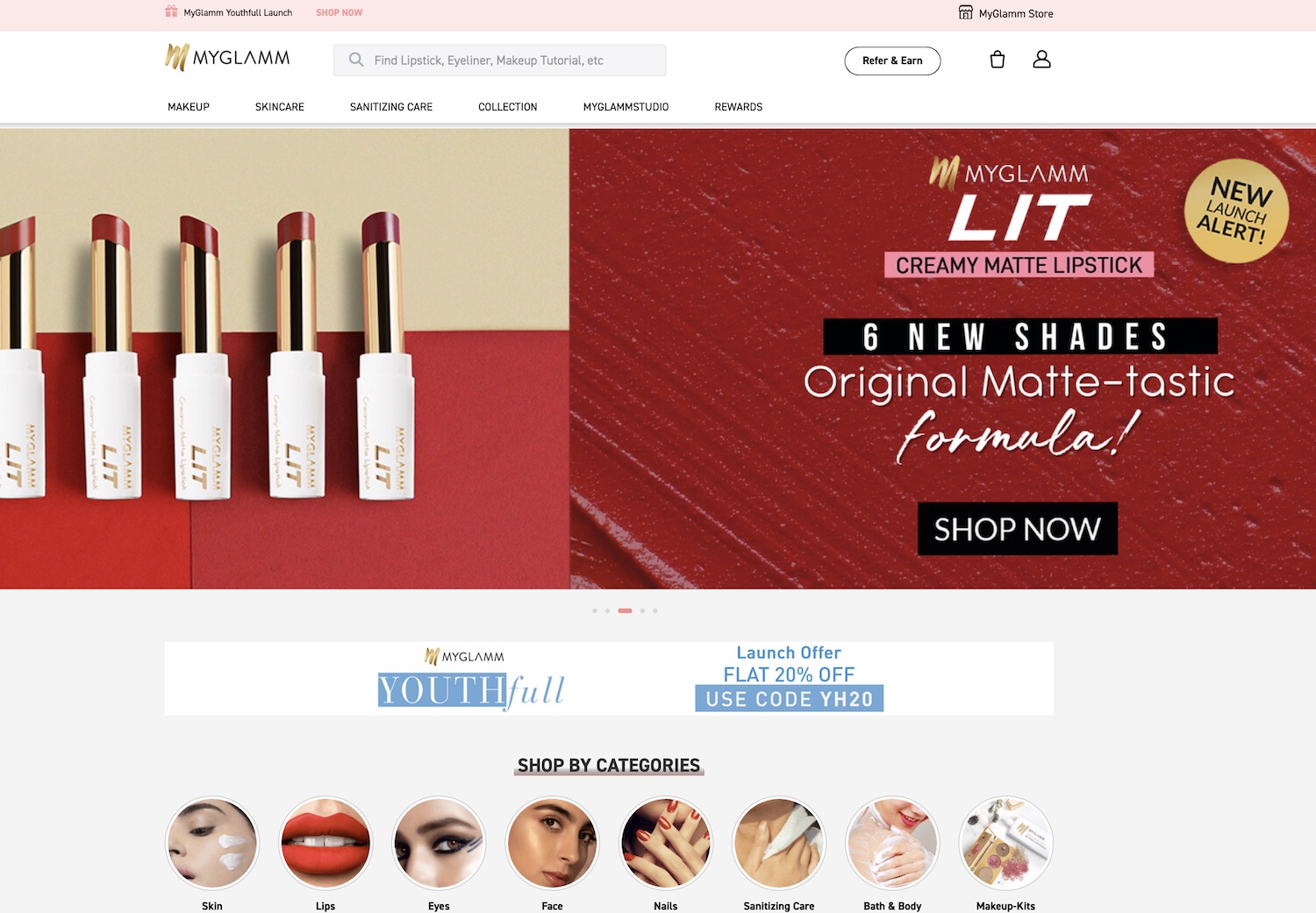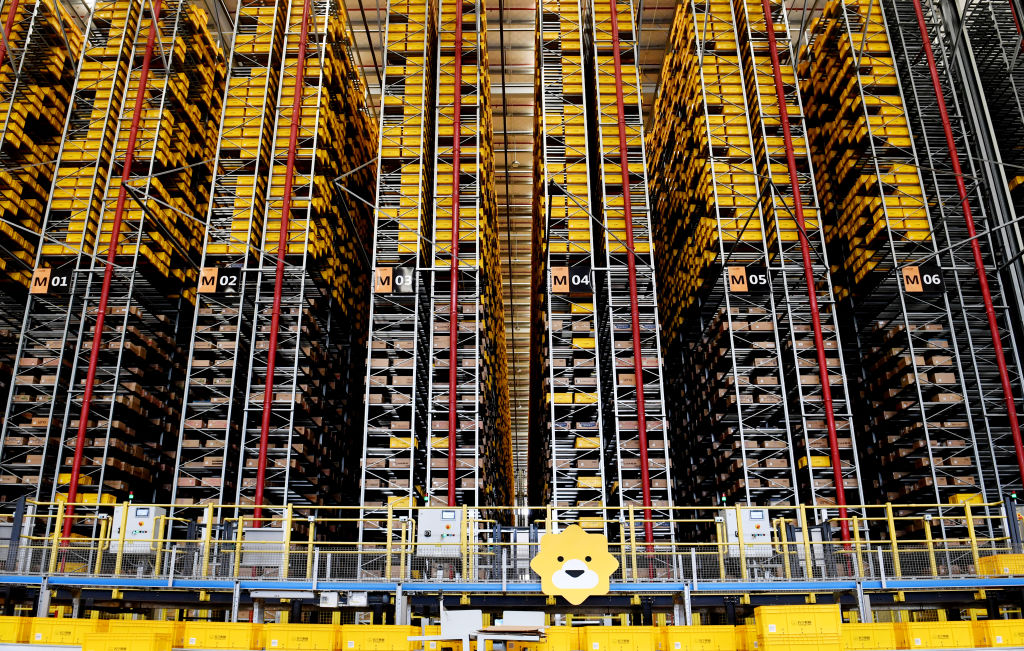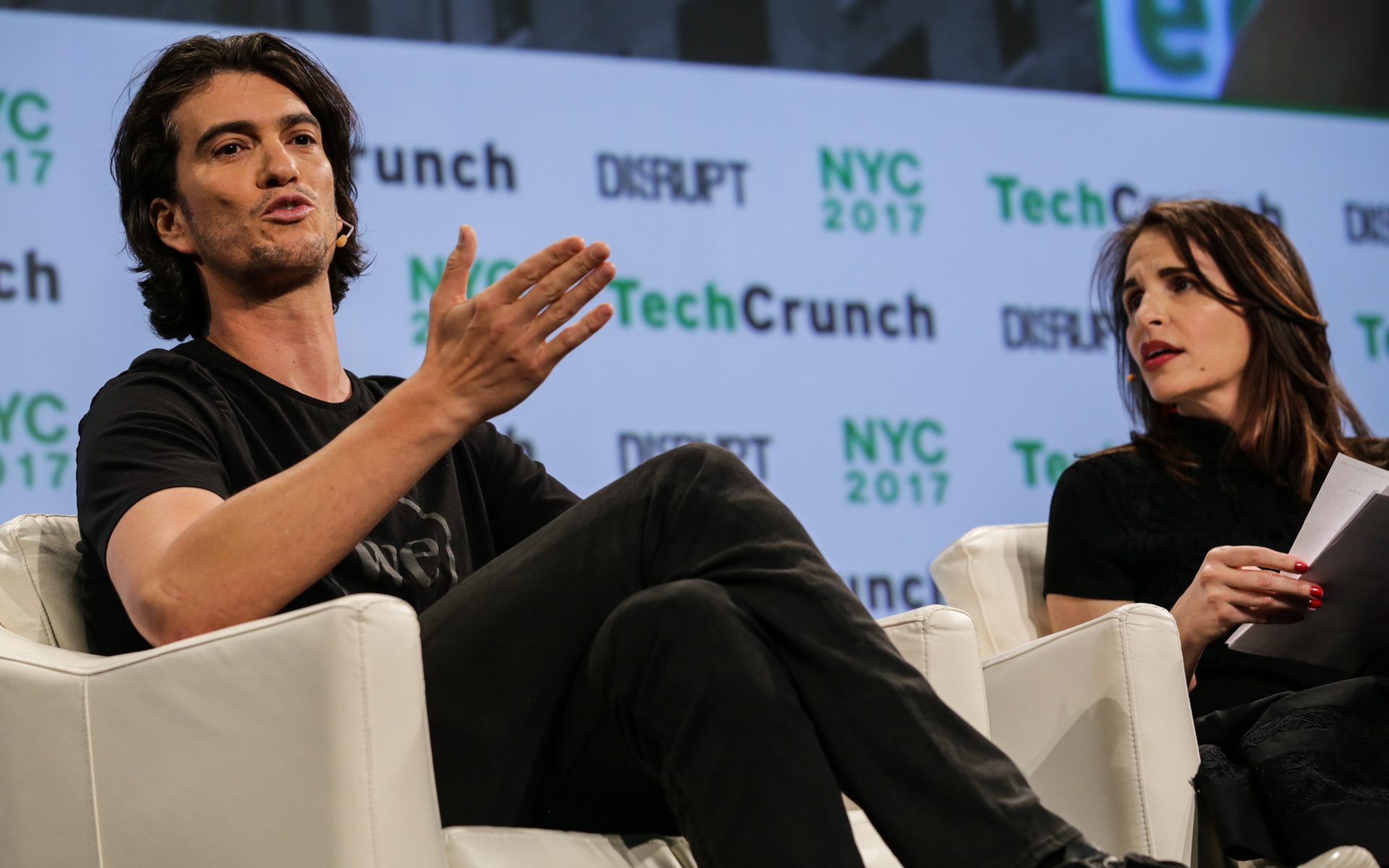More posts by this contributor
China’s e-commerce and industrial ecosystem is as different from the Western world as its culture. The country took decades to earn its reputation as the Factory of the World, but it now boasts a supply chain and manufacturing ability that few countries can match.
Creative use of the country’s networked manufacturing and logistics hubs make mass production both cheap and easy. Clothing, electronics, toys, automobiles, musical instruments, furniture — you name it and you’ll find a manufacturer in China who can turn your intangible concept into mass-manufacturable reality in mere days. And they’ll do it for cheaper than anywhere else in the world.
It was just a matter of time until an intrepid Chinese entrepreneur with a tech background decided to take on Coca-Cola and PepsiCo.
China is also home to one of the world’s largest e-commerce and tech ecosystems. Hundreds of startups dot the landscape, and the amount of money being raised and spent on innovating around the country’s industrial heft is mind-boggling.
So it was just a matter of time until an intrepid Chinese entrepreneur with a tech background decided to take on Coca-Cola and PepsiCo. The tech revolution hasn’t yet affected the bottled beverage industry quite as much as it has others. Incumbent giants therefore could lose a sizable chunk of market share if a company could just manage to weave together China’s manufacturing proficiency and agility with the modern tech startup philosophy of “moving fast and breaking stuff.”
Genki Forest, a Chinese direct-to-consumer (D2C) bottled beverage startup, is one such contender. A philosophy centered around iteration informed by data, quick turnarounds and a laser focus on taking advantage of China’s huge e-commerce ecosystem has helped this company’s revenues rise rapidly since it started five years ago. Its sugar-free sodas, milk teas and energy drinks sell in 40 countries and generated revenue of about $450 million in 2020. The company aims to reach $1.2 billion this year.
If anything, Genki Forest’s valuation has shot up even faster. It recently completed its fourth VC round that values it at a whopping $6 billion, triple the price it fetched a year earlier, and it has so far raised at least half a billion dollars.
It’s striking how closely Genki Forest’s operations resemble that of a tech startup. So we thought we should take a closer look and see what this company’s graph can tell us about the new wave of Chinese D2C entrepreneurship looking to take over the globe.
Finding a bigger wave to ride
The bottled beverage industry wasn’t what Genki Forest’s founder, Binsen Tang, initially set out to tackle. His first startup was a successful casual, mostly mobile gaming outfit known as ELEX Technology. It was nowhere near record-breaking, though — some 50 million users logged on to a few popular games in over 40 countries worldwide, including one of the first versions of Happy Farm, a predecessor to Zynga’s Farmville. But Tang wasn’t satisfied and eventually sold ELEX Technology to a publicly listed company for about $400 million in 2014.
Tang would walk away with a few important lessons. He’d learned by now that Chinese products were already competitive globally, whether people realized it or not, and that and geographic arbitrage was real, Happy Farm being the perfect example of this. Lastly, he now knew that it was far more important to choose the right “racetrack” (as Chinese investors and entrepreneurs like to put it) than to have a great product.
Picking the right race to win was perhaps the most important takeaway. It’s also an idea that sets Chinese entrepreneurs apart from their Western counterparts — the most worthwhile endeavors are in identifying the largest and most rewarding market at hand, regardless of one’s previous expertise. It was what led Zhang Yiming to create ByteDance, and Lei Jun to found Xiaomi.
That very philosophy led Tang to build Genki Forest. After selling ELEX Technology, Tang didn’t go back to the business that netted him his first pot of gold. As much as he had benefited from the rise of the mobile internet, he thought there was a far bigger opportunity building a consumer brand and applying the lessons he learned from programming to the manufacture of tangible products.
He soon set up his own investment fund, Challenjers Capital, convinced that the next big tech opportunity in China was in tech’s application to everyday consumer products. He soon began to invest in everything from ramen and hotpots to bottled beverages.
China’s quickly expanding e-commerce ecosystem and the plethora of D2C businesses flourishing on Alibaba and JD.com would also influence his decision to sell directly to his target audience rather than take the traditional route. But to truly understand his motivations, we need to take a look at the extremely unique D2C environment in China and how it has changed over the years.
What’s different about Chinese D2C?
“China doesn’t need any more good platforms,” Tang told his team in an internal email in 2015, “but it does need good products.” Tang was talking about how the age of building infrastructure for e-commerce in China was largely over; it was now time to create brands that could take advantage of the advanced distribution network that had been laid out.
Other investors noticed as well. Albus Yu, principal at China Growth Capital, told me that his fund had stopped making investments in independent consumer-facing platforms or marketplaces for a while. “2014 might have been the last year it was economically feasible to start such a business due to the soaring cost of acquiring customers and the strength of incumbents,” he said.
Indeed, 2015 was the year when CACs began to exceed or at least rival ARPUs for Alibaba and JD.com.
In China, that distribution network was present across the digital and physical worlds. Online, there was immense market power concentrated in the hands of just two players: Alibaba and JD.com, which used to have, and still maintain, 80% or above in market share.
In fact, the dominance of Alibaba, in particular, was so overwhelming that for years, VCs invested not in D2C, but in “Taobao brands,” since that was the only channel one needed to conquer in order to make it.
Customer acquisition was therefore straightforward — throw everything into advertising on Alibaba’s Tmall platform, especially during its annual flagship shopping festival, Singles’ Day. Even today, garnering a top spot in one of the category leaderboards remains a surefire way to build brand awareness, investor interest, as well as sales records.
Physically, the Chinese market also differs greatly from much of the developed West. Years of heavy investment in logistics by the private sector, accelerated by government support and infrastructure buildout, means that delivery costs have come down significantly over the years, even dipping below $0.40 per package wholesale as of this year. Innovations such as return insurance have also sped up customer adoption.
By 2016, China was shipping 30 billion packages a year, already accounting for 44% of global shipments. That number has been doubling every three years and is expected to exceed 100 billion this year. And the low cost of delivery is one of the biggest reasons for China’s outsized e-commerce market — the largest globally and estimated to reach $2.8 trillion in 2021, more than triple that of the No. 2, the U.S.

Express parcels sit stacked at a logistic base of e-commerce giant Suning before the 618 Shopping Festival. Image Credits: VCG
Present-day China also presents another edge: Proximity to an advanced, flexible manufacturing network and supply chain for the vast majority of consumer products, and the ability to outsource almost everything to them.
The original equipment manufacturers of years past have long since evolved into original design manufacturers. An expected consequence of being “the Factory of the World” for so many years, making goods for some of the best brands in the world, is that some of the knowledge was bound to transfer.
It may be difficult for outsiders to understand just how strong China’s networked manufacturing hubs are these days. What used to take weeks now takes mere days, the lead times shortened drastically by software, robots and other advancements. For example, Chinese cross-border ultra-fast-fashion company Shein has compressed design-to-ship timelines to as little as seven days.
And it’s definitely not just for making crop tops. The turnaround can be astonishingly fast even when manufacturing completely unfamiliar goods, such as when electric vehicle maker BYD turned its factory into the world’s largest face mask plant in just two weeks when the COVID-19 pandemic struck last year.
Companies leverage this manufacturing flexibility and agility for more than just speed. Chinese cosmetics upstart Perfect Diary uses it to launch twice as many SKUs as foreign competitors. In addition, the quick turnaround allows agile brands to take advantage of that most ephemeral of IP, memes.
It’s not to say that the Chinese supply chain is inaccessible to foreign entrepreneurs. Best-selling mattress maker Zinus, for example, is founded by a South Korean, but its products are manufactured in China and sold mostly on Amazon to U.S. customers.
It’s just that very few non-Chinese companies have figured out how to tap as deeply into the supply chain as this new crop of Chinese D2C brands, which can require years of working not just alongside but physically inside the factories, building trust and know-how. Shein, for example, watches carefully what other brands are making by staying close to the factories.
The China opportunity
Before global sensations such as TikTok weakened the mantra, “copy to China” used to be a dominant characterization of Chinese startups. In December 2015, when Tang registered the Genki Forest trademark, that was still very much a relevant strategy.

Source: Tech Crunch


